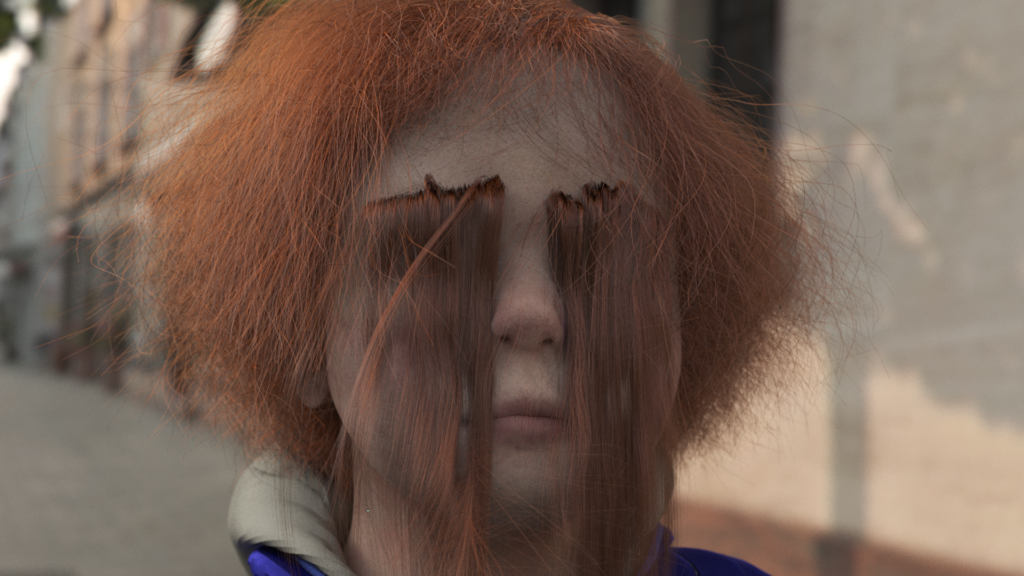Jessica Wilson
Smile Driver
2019

Smile Driver explores the intangible nature of animating forces and their role in both virtual and physical worlds.
A smile, stutter, twitch, or twinge realise intangible internal dynamics that carry recognizable meaning when embodied. Here, abstract data are the origins and the medium of expression: images parsed by light and colour information and movement by spatial parameters bring the static to life, rendering data legible when transposed to moving image.
Smile Driver’s characters have the same body, but they are rendered discrete from one another by the data they absorb. In doing so, they become the enunciation of a collective set of movements. Yet, they are more than vessels for another’s action, as the same gesture on a different body will communicate something entirely different. With this in mind, the animation is structured in three parts: Projection, Incorporation, and Resemblances. A cyclical structure, it starts over when the resembling agent projects.
The work was inspired by mysterious outbreaks of somatic symptoms reflecting and passing through multiple bodies, from The Dancing Plague of 1518 to the Twitching Teenagers in Le Roy, New York, in 2012. These episodes suggest that there is no sovereign space within all of us; one person’s ‘illness’ can be reflected in another’s nervous system. The collective allows for this, with a desire for communication at the centre. There’s a tension in the body that must be expressed to the outside, animating others in the process.